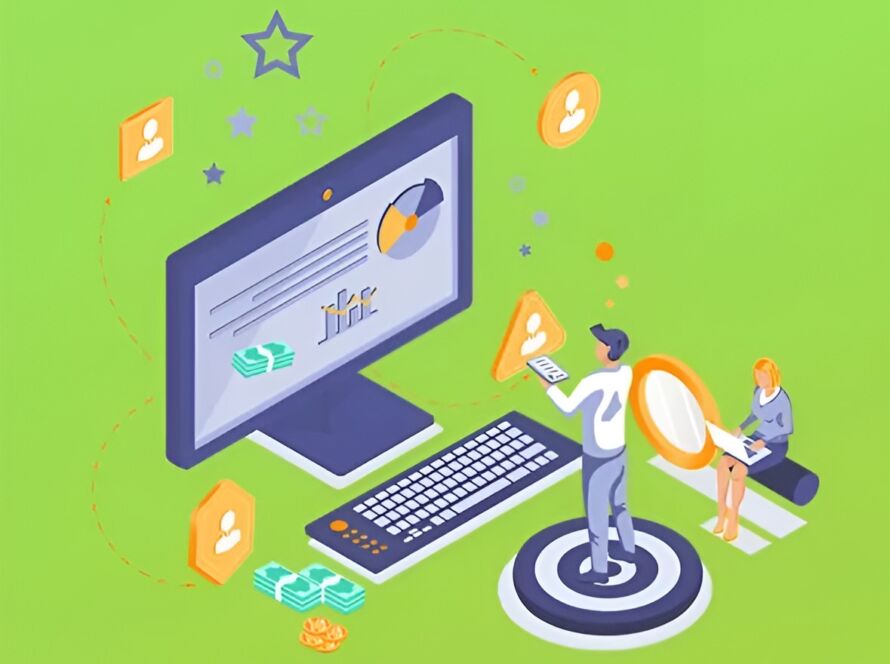Introduction

Business Development Executives (BDEs) are at the heart of any company’s growth. They play a crucial role in fostering new partnerships and driving revenue. However, one of the most vital aspects of the BDE’s role is building and maintaining strong client relationships. Strong relationships not only ensure repeat business but also foster trust and loyalty, which are key to long-term success

1. Understand Your Client’s Needs
Building a strong client relationship begins with understanding. As a BDE, you should take the time to research and understand your client’s business, their goals, challenges, and industry trends. By gaining a deeper understanding of their needs, you can offer solutions that are personalized and relevant.
Tip: Have regular conversations with clients to stay up-to-date on their changing requirements and goals
2. Provide Consistent Communication
Communication is the cornerstone of any strong relationship. Keeping clients in the loop about your products, services, and progress on ongoing projects is essential. Transparency builds trust, and when clients know they can rely on you to be open and available, they are more likely to continue the partnership.
Tip: Use multiple communication channels (email, phone calls, meetings) and ensure you’re always responsive to client queries
3. Deliver Value Beyond the Sale
One of the most effective ways to build lasting client relationships is by delivering value continuously, even after the sale is complete. Offer useful insights, industry news, and solutions to their evolving problems. A BDE who serves as a resource, rather than just a salesperson,client relationship management will always be more valued by clients.
Tip: Offer client-centric content such as white papers, case studies, or exclusive reports that help them stay ahead in their industry.
4. Be a Problem Solver, Not Just a Seller
Clients don’t want to feel like they’re just another transaction. They want someone who truly cares about solving their problems. Show your commitment to their success by offering solutions that benefit them. This approach helps build trust and makes clients feel appreciated.
Tip: Be proactive in identifying potential issues before they arise and offer solutions swiftly.
5. Foster Long-Term Relationships
BDEs should view client relationships as long-term partnerships, not one-off deals. Regular check-ins, feedback requests, and appreciation for their business can help maintain these connections over time. A long-term perspective allows clients to feel like they are part of your business’s growth and success.
Tip: Send personalized follow-ups, thank you notes, or even small gestures like birthday greetings to strengthen the relationship
6. Be Honest and Transparent
Honesty and transparency go a long way in building trust. Always be upfront about potential challenges, pricing changes, or any delays. Clients will appreciate your integrity and be more likely to trust you in the future.
Tip: Always provide realistic timelines and set clear expectations.
7. Seek Regular Feedback
Feedback is an essential part of improving your approach and the services you offer. By actively asking for feedback from clients, you show that you care about their opinion and are committed to improvement.
Tip: Conduct surveys or have open-ended conversations to gauge client satisfaction and areas for improvement
FAQ: How a Business Development Executive Can Build Strong Client Relationships
To ensure clients feel valued, be proactive in communication, listen to their needs, and provide personalized solutions. Regularly check in with them and offer additional value beyond the initial sale. Small gestures like sending thank-you notes or remembering key dates also go a long way.
A successful BDE is an excellent communicator, a problem solver, and an active listener. They should be resilient, adaptable, and able to build rapport with clients. Strong organizational skills and the ability to understand the client’s business are also crucial
The frequency of contact depends on the nature of the business and the client’s needs. At a minimum, you should have monthly check-ins, but more frequent communication might be necessary for high-value clients or ongoing projects. Regular, but not overwhelming, communication is key.
When a client raises a complaint, listen attentively without interrupting, empathize with their frustration, and acknowledge the issue. Then, take immediate steps to find a solution. Follow up to ensure the problem has been resolved and ask for feedback on how the process could be improved.
To build a long-term partnership, focus on delivering continuous value and showing genuine interest in their business’s success. Keep communication open, offer additional services when appropriate, and ensure that their needs are consistently met. Building trust and showing commitment to their long-term goals is vital.
t will drive business growth for years to come.



